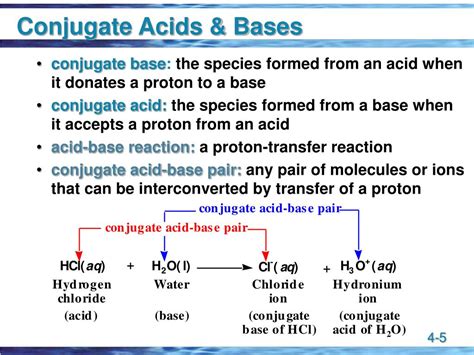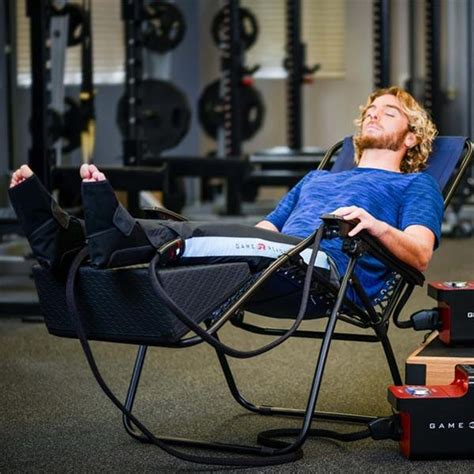Beyond 5×5: What advanced strength training methods deliver peak performance gains?

While the classic 5×5 program is an excellent foundation for building raw strength and mastering compound movements, its effectiveness can eventually wane as your body adapts. For seasoned lifters and athletes seeking to shatter plateaus and achieve peak performance, a more sophisticated approach to strength training is essential. Moving beyond the basics requires understanding and implementing advanced methodologies designed to constantly challenge the body, optimize recovery, and maximize adaptation.
Periodization: The Blueprint for Long-Term Progress
Periodization is the systematic planning of athletic or physical training. It involves progressive cycling of various aspects of a training program during a specific period. Instead of simply adding weight each session, periodization strategically varies intensity, volume, and exercise selection over weeks, months, or even years to prevent overtraining, minimize injury risk, and ensure continuous progress.
Common models include:
- Linear Periodization: Gradually increases intensity while decreasing volume over time (e.g., starting with high reps/low weight, moving to low reps/high weight).
- Undulating Periodization: Varies intensity and volume within a single week or even a single workout, offering more flexibility and constant stimulus. This could involve heavy days, moderate days, and light days all within the same microcycle.
- Block Periodization: Divides training into distinct blocks (e.g., hypertrophy, strength, power, competition prep), each with a specific goal, allowing for intense focus on one adaptation before moving to the next.

High-Frequency Training: More Practice, Better Performance
Moving away from the traditional body-part split, high-frequency training involves training major lifts or muscle groups more often (3-5+ times per week). The premise is that increased exposure to a movement leads to better motor learning, improved technique, and enhanced neural adaptations. Programs like daily undulating periodization often incorporate elements of high frequency, allowing for varying loads and intensities throughout the week while still hitting movements multiple times.
The Conjugate Method: Constant Variation for Constant Gains
Popularized by Westside Barbell, the conjugate method is an advanced system that revolves around two primary training days per week for both upper and lower body: one maximal effort (ME) day and one dynamic effort (DE) day. ME days involve working up to a maximal lift (1-3 rep max) on a constantly rotating main exercise (e.g., box squat, good morning, board press). DE days focus on moving sub-maximal weights explosively to improve speed-strength. This constant rotation of exercises prevents adaptation and ensures a diverse strength base.

Intensity Techniques: Pushing Beyond Failure
For advanced lifters, simply reaching ‘failure’ isn’t always enough to stimulate new growth or strength adaptations. Intensity techniques are designed to extend sets or increase the metabolic demands of training:
- Cluster Sets: Performing a set with short, intraset rest periods (e.g., 10-20 seconds) between reps or small rep clusters (e.g., 2 reps, rest, 2 reps, rest, 2 reps). This allows for more reps with heavier weight than a traditional straight set.
- Rest-Pause Training: Performing a set to failure, resting briefly (e.g., 10-15 seconds), then performing more reps with the same weight until failure again, often repeating this cycle.
- Drop Sets: After completing a set to failure, immediately reducing the weight and continuing to perform reps until failure again, often repeating with multiple drops.
Post-Activation Potentiation (PAP): Priming for Power
PAP is a phenomenon where a heavy resistance exercise can acutely enhance subsequent power performance. For example, performing a heavy set of squats (e.g., 1-3 reps at 85-90% 1RM) and then, after a short rest, immediately performing a set of box jumps or squat jumps. The heavy lift ‘potentiates’ the nervous system, leading to more forceful and explosive contractions in the subsequent power exercise. This technique is highly effective for athletes where explosive power is crucial.

Advanced Progressive Overload Strategies
Progressive overload remains the fundamental principle of strength training, but for advanced lifters, simply adding weight every week becomes unsustainable. Advanced strategies include:
- Manipulating Tempo: Varying the speed of the eccentric (lowering) or concentric (lifting) phases to increase time under tension or develop specific strength qualities.
- Increasing Training Density: Performing the same amount of work in less time, or more work in the same amount of time.
- Partial Reps/Range of Motion: Focusing on specific sticking points or strengthening particular parts of a lift’s range of motion with supra-maximal loads.
- Accommodating Resistance: Using bands or chains with barbells to match the resistance curve of the lift, making the exercise harder at the top where you are strongest.
The Crucial Role of Deloads and Recovery
As training intensity and complexity increase, so does the need for intelligent recovery. Advanced programs inherently build in periods of reduced intensity or volume (deloads) to allow the body to recover, adapt, and supercompensate. Neglecting recovery at this stage can lead to overtraining, injury, and a regression in performance. Prioritizing sleep, nutrition, stress management, and active recovery methods (e.g., foam rolling, stretching, light cardio) becomes non-negotiable for sustained progress.

Conclusion: A Tailored Path to Peak Performance
Moving beyond the straightforward 5×5 requires a deeper understanding of training principles and a willingness to experiment with sophisticated methodologies. Periodization, high-frequency work, conjugate training, and advanced intensity techniques are not merely tricks but scientifically-backed strategies designed to elicit specific adaptations and break through performance barriers. However, these methods demand careful planning, meticulous execution, and an unwavering commitment to recovery. For those who have built their foundational strength and are ready to push their limits, these advanced techniques offer a tailored path to unlocking peak strength and athletic potential.









